General Landscape Uses: Primarily recommended for natural landscapes, and wildflower and pollinator gardens, but may spread if not checked by physical barriers.
Ecological Restoration Notes: In peninsular Florida, this has mostly been found growing on roadsides and in other disturbed areas, where it can spread readily. It’s role in native ecosystems is generally not clear, but it has been collected in pinelands.
Description: Prostrate herbaceous wildflower.
Dimensions: About 1 inch in height; to 3 inches when in flower. Spreading along the ground and forming large open mats.
Growth Rate: Fast.
Range: Southeastern United States, Missouri and Texas south to Martin, Hendry and Lee counties; also collected in Miami-Dade County in 1930 by H.N. Moldenke. In peninsular Florida, sporadic and mostly weedy in sandy disturbed sites.
Habitats: Open, usually disturbed, sites.
Soils: Moist to dry, well-drained sandy soils, without humus.
Nutritional Requirements: Low; it grows in nutrient poor soils.
Salt Water Tolerance: Low; does not tolerate long-term flooding by salt or brackish water.
Salt Wind Tolerance: Moderate; grows near salt water, but is protected from direct salt spray by other vegetation.
Drought Tolerance: High; does not require any supplemental water once established.
Light Requirements: Full sun.
Flower Color: Pink.
Flower Characteristics: Showy.
Flowering Season: Spring-summer.
Fruit: Small brown pod (legume).
Wildlife and Ecology: Larval host plant for little yellow (Eurema lisa) butterflies. Attracts bee and butterfly pollinators.
Horticultural Notes: Can be grown from seed.
Comments: A very attractive mat-forming groundcover.

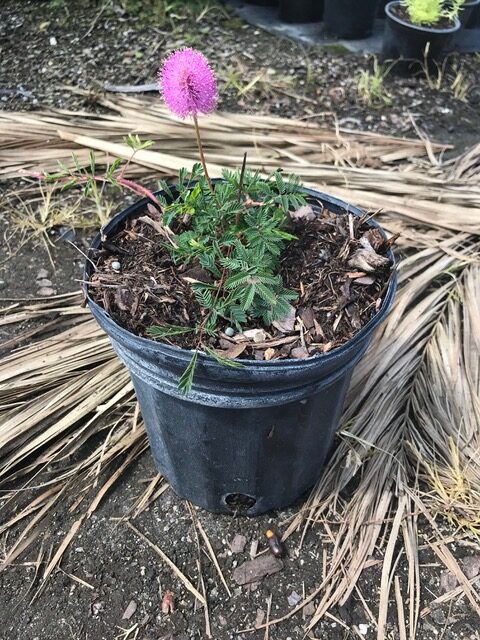

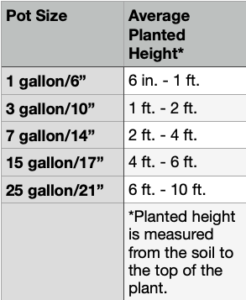
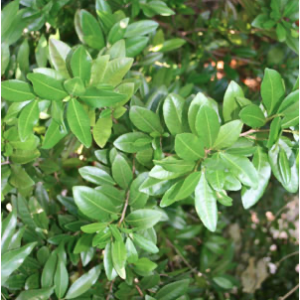
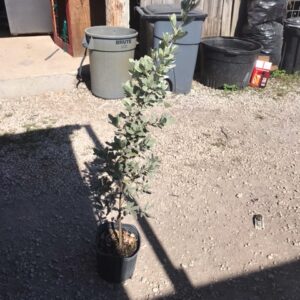

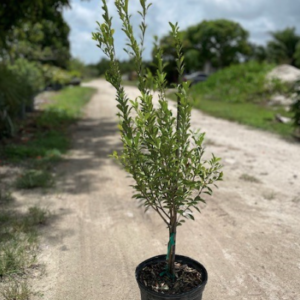
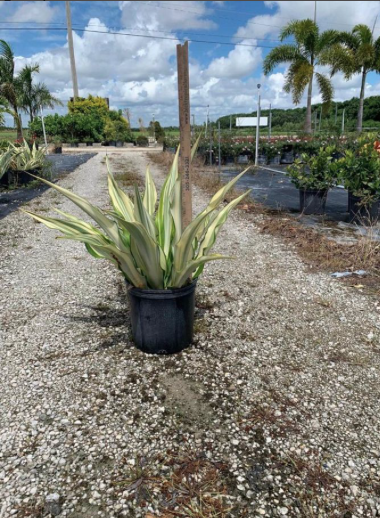
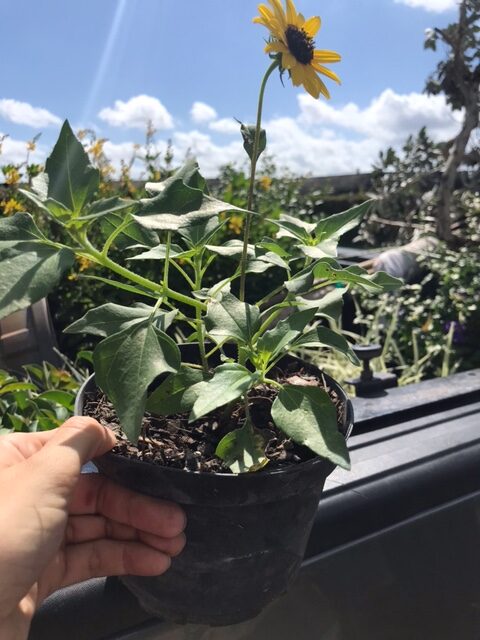
Elena Shishkova –
Arrived on time and in good condition and left on my porch. Thank you!